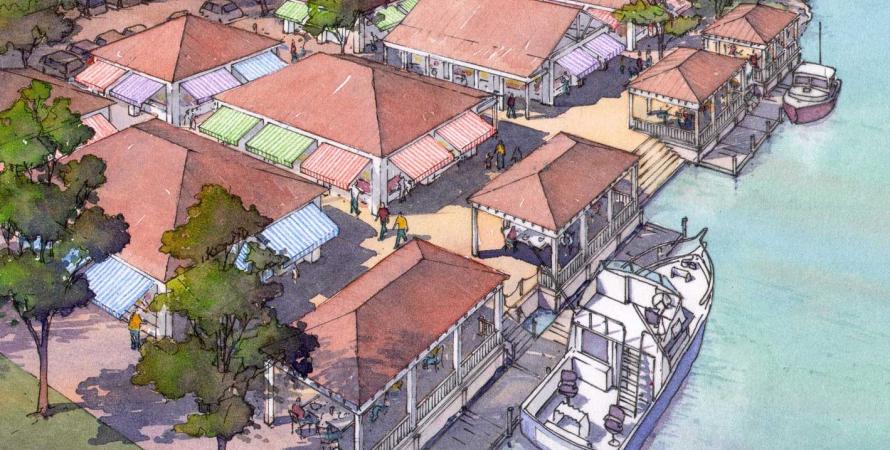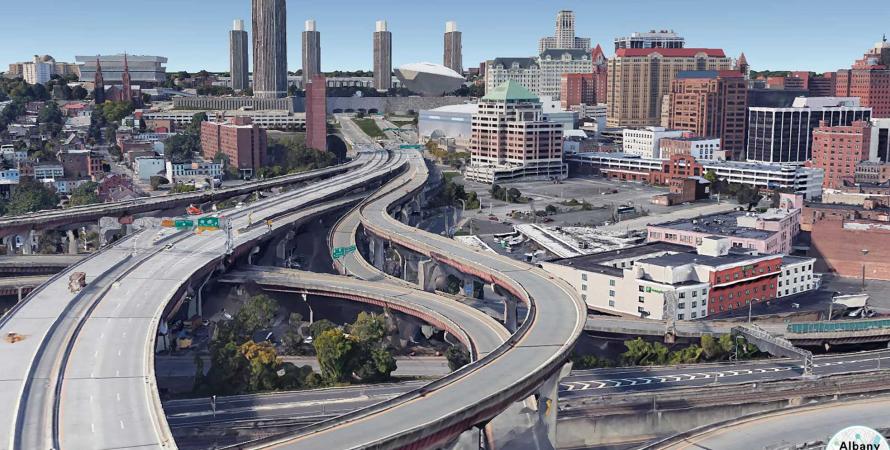-

How the ‘Heart of Town’ saved a town’s future
Compact development, which contributes to carbon reduction, is also useful for climate adaptation and the building of defensible places.It’s been 10 years this month since a new urban charrette was held in Jean Lafitte, Louisiana, a town of 2,000 people that had a very uncertain future. The low-density town is in a part of the state that is washing away into the Gulf of Mexico. Other towns in Louisiana’s coastal wetlands, most...Read more -

Envisioning Albany, without the waterfront-blocking freeway
It’s hard to imagine a highway that damages a city more, and serves a less noble purpose, than Interstate 787 in Albany, New York’s capital. This highway segment does not carry Interstate through traffic—it was built so state workers and legislators could quickly enter and exit the Empire State...Read more -

The program that ‘changed everything’ for Oklahoma City
Thirty years ago, Oklahoma City’s downtown was hurting badly, and the city’s livability and beauty were at a low ebb. A policy called MAPs transformed the city.Oklahoma City (OKC) is one of the few major cities with championship-level kayaking and whitewater rafting in the middle of the city. Downtown is connected to a seven-mile-long recreational riverfront via a series of manmade “river lakes.” A new urban canal links downtown to the Bricktown...Read more -

Contemporary Vernacular: A style for everyday city life
Some “Contemporary Vernacular” buildings try too hard to be noticed. Others are playful, elegant, and worthy contributors to the "Comic scene" in urban neighborhoods and city centers.This is Part 2 of a 2-part series. See Part 1 here. “Developer Chic,” “Fast Casual,” “LoMo” (for low Modernism), and “Boxy” are all epithets critical of the architectural building types and style of many recent, mixed-use residential buildings. Clearly pejorative, it needs to be asked; are the...Read more